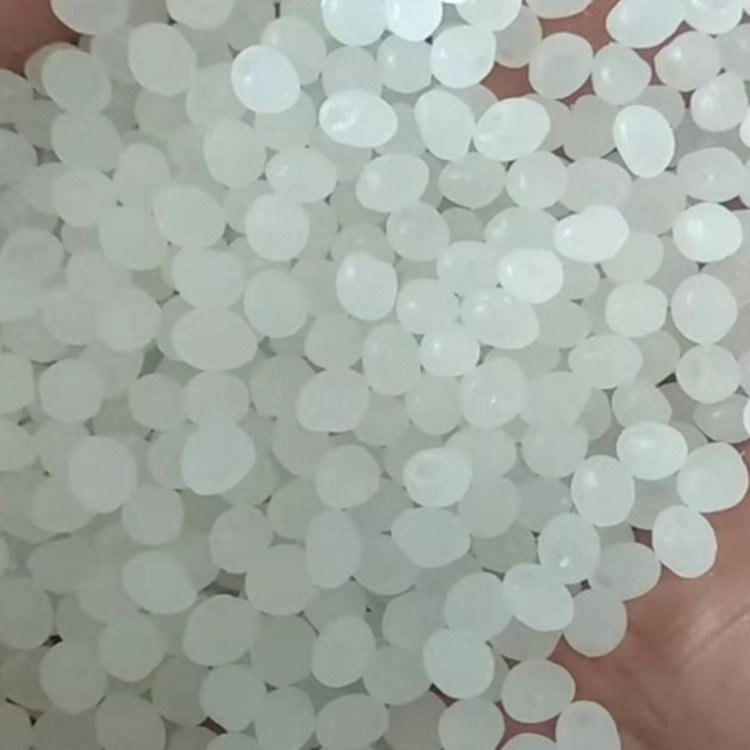| species | Glass transition temperature/℃ | Melting temperature °C | Tensile strength/MPa | Elastic modulus/MPa | Elongation at break (%) |
| Polylactic acid (PA) | 40~70 | 130~180 | 48~53 | 3500 | 20~240 |
| Polyhydroxybutyrate (PHB) | 0 | 140~180 | 25~40 | 3500 | 3~8 |
| Polyhydroxyalkanoate (PHA) | -30~10 | 70~170 | 18~24 | 700~1800 | 3~25 |
| Polyhydroxybutyrate Polyhydroxyvalerate (PHB~PHV) | 0~30 | 100~190 | 25~30 | 600~1000 | 7~15 |
| Polycaprolactone (PCL) | -30 | 59~65 | 4~28 | 390~470 | 700~1000 |
| Polybutylene succinate (PBS) | -32 | 114 | 40~60 | 500 | 170~250 |
| Polybutanol dicarboxylate (PBAT) | -30 | 110~115 | 34~40 | ~ | 500~800 |
| Polyvinyl Alcohol (PVA) | 58~85 | 180~230 | 28~46 | 380~350 | ~ |
| Polyglycolic acid (PGA | 30~40 | 225~230 | 890 | 7000~8400 | 30 |
| Polybutylene adipate terephthalate (PTMAT) | -30 | 108~110 | twenty two | 100 | 700 |
| Polyethylene adipate (PEA) | -20 | 125~190 | 25 | 180~220 | 400 |
| starch | 110~115 | 35~80 | 600~850 | 580~820 | |
| Cellulose | ~ | 55~120 | 3000~5000 | 18~55 | |
| Cellulose acetate | 115 | 10 | 460 | 13~15 | |
| Low density polyethylene (LDPE) | -100 | 98~115 | 8~20 | 300~500 | 100~1000 |
| Polystyrene (PS) | 70~115 | 100 | 34~50 | 2300~3300 | 1.2~1.3 |
| Polyethylene terephthalate (PET) | 73~80 | 245~265 | 48~72 | 2800~8400 | 30 |
One disadvantage of PLA during molten state processing is that it is prone to thermal decomposition, which is related to its processing temperature and its residence time in the extruder or hot runner. Generally speaking, there are several main thermal decompositions of PLA.







